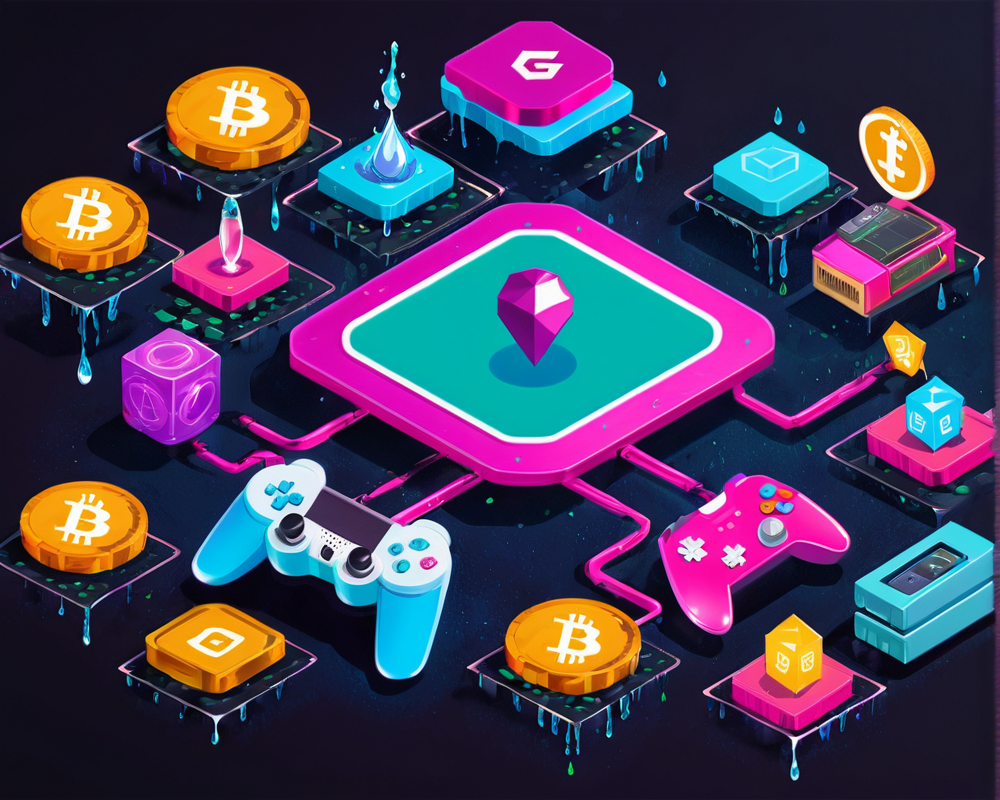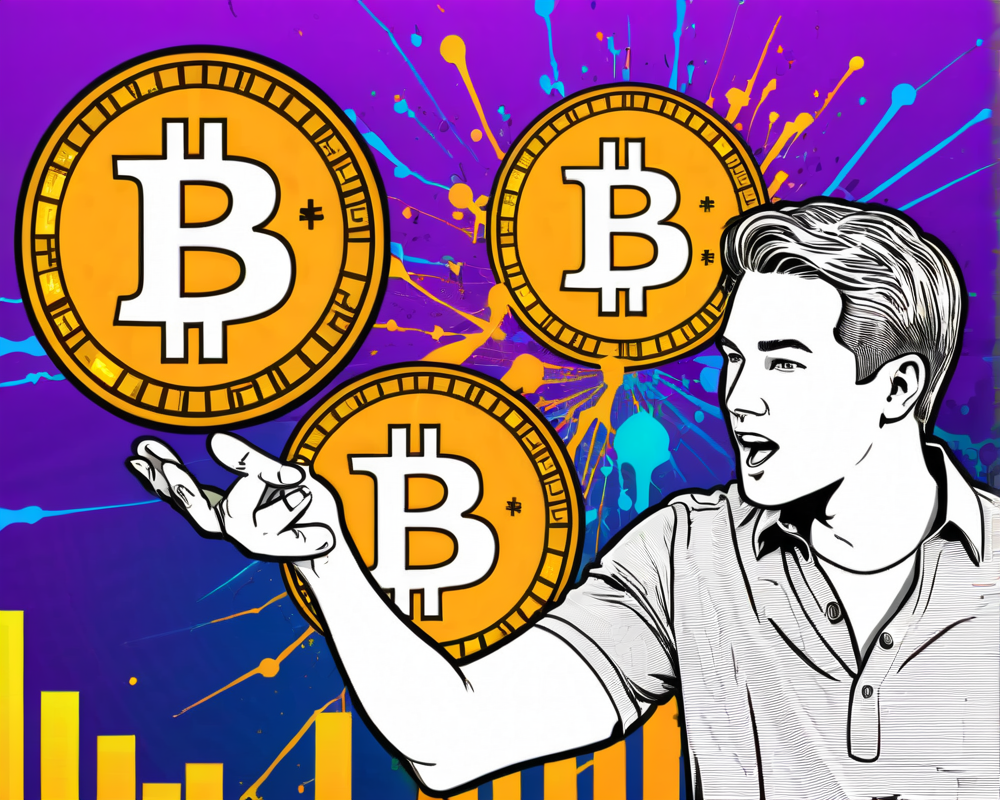The Rise of GameFi
The gaming industry’s transformation into a Financial powerhouse, lovingly dubbed GameFi (a nifty fusion of gaming and finance), is nothing short of phenomenal. From the depths of obscurity to a thriving multibillion-dollar market, it boasts a token valuation swaying around $9.2 billion. Surprisingly, while Bitcoin and friends have seen cooler days, GameFi networks stubbornly keep on dancing, with predictions flaunting a whopping $74.2 billion valuation by 2031. Talk about resilience!
How GameFi Works: Not Just Child’s Play
At the heart of GameFi lies blockchain technology and an innovative economic structure designed to reward players. Imagine a world where virtual assets are not just for bragging rights but can actually be traded for cold, hard cash. Non-fungible tokens (NFTs) become your in-game weapons, costumes, and even that fancy virtual land. Each game adopts its unique flavor of rewarding players, keeping things fresh and engaging. Take, for example, the play-to-earn (P2E) model. It offers players a shot at rewards just for enjoying the game — who said you can’t have fun AND make money?
Why Is GameFi the New Black?
As millions flock to GameFi, you might wonder what the big draw is. Aside from the obvious allure of cashing in while gaming, let’s not overlook the simplicity of trading digital assets. According to some market reports, about 75% of gamers are ready to trade their hard-earned digital goodies for currency. Who wouldn’t want to monetize those virtual treasures? Aside from that, GameFi is also paving the way for renting out assets, liquidity mining, and low transaction fees that put traditional payment systems to shame.
- 75% of players want to cash in on their digital treasures
- Passive income opportunities like asset rental
- Low transaction fees are the cherry on top
GameFi’s Positive Influence on Crypto Adoption
GameFi isn’t just a playground for gamers; it’s also a major player in the crypto adoption saga. A recent report revealed that about 75% of people entering the crypto scene are doing so via GameFi. This growing trend has not only driven crypto enthusiasts into the market but also significantly surged the NFT industry, with sales soaring from $82 million to an astonishing $5.17 billion in just a year. If anything is solidifying crypto’s standing, it’s the colorful chaos of GameFi.
The Investor Buzz and Corporate Interest
As the GameFi sector garners attention, investors are sharpening their pencils and throwing cash at promising projects. A staggering $13 billion has already flowed into blockchain gaming, with the first half of 2022 alone seeing over $3.5 billion in funding. Even prominent gaming giants like Ubisoft and Zynga are diving headfirst into the GameFi pool, recognizing it as a lucrative opportunity. With big brands entering the fray, things are about to get interesting!
Overcoming Challenges: Keeping the Game Alive
Despite its glitz and glam, the GameFi industry has its share of hiccups. Security breaches pose a significant threat, like the infamous Ronin bridge hack that drained $600 million from Axie Infinity players. Moreover, the gaming experience sometimes lags behind mainstream titles, with many blockchain games feeling less like a novel adventure and more like a tedious task. On top of that, regulatory uncertainties loom like storm clouds. If tokens get classified as securities, prepare for a massive shake-up.
“Many GameFi projects are operating in a regulatory gray area. As regulations tighten, we could see a significant slowdown in growth.” — Industry Expert
In conclusion, the GameFi sector has come a long way but faces challenges that could shake its foundation. Yet, with a crop of innovative developers dedicated to improving the gaming experience, the future remains bright. The key will be delivering the excitement that players crave without forgetting the financial rewards that hooked them in the first place.




